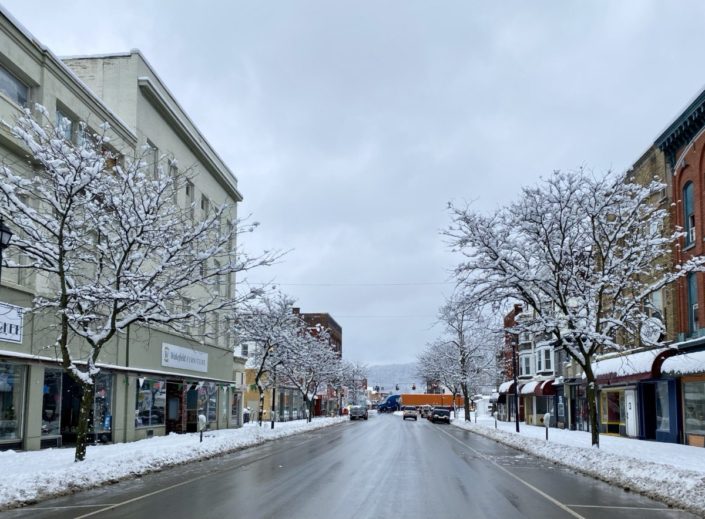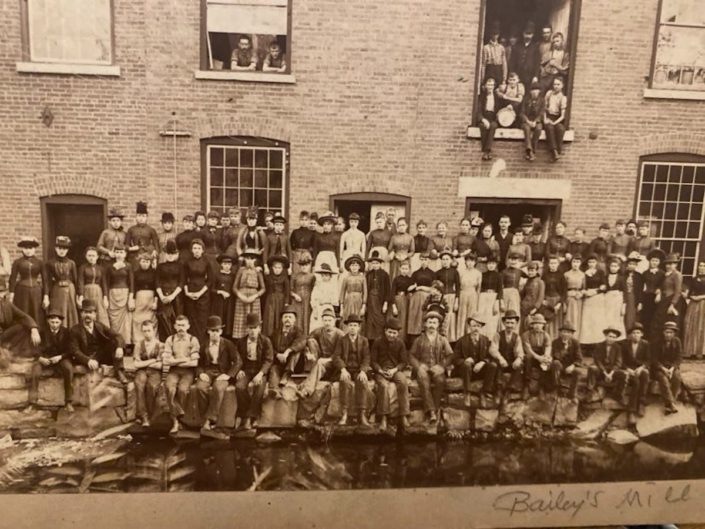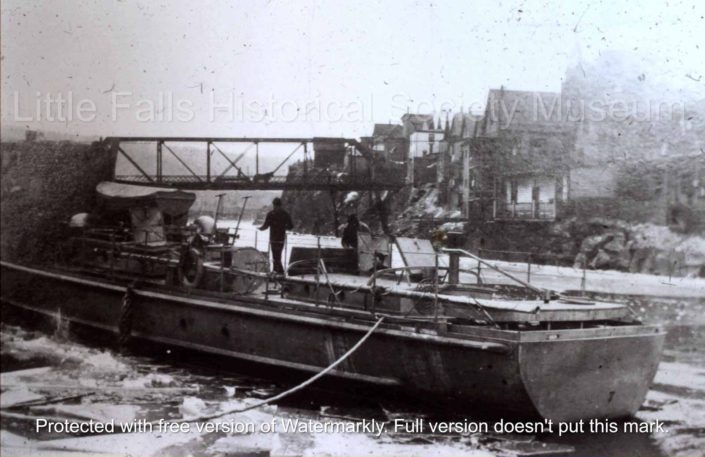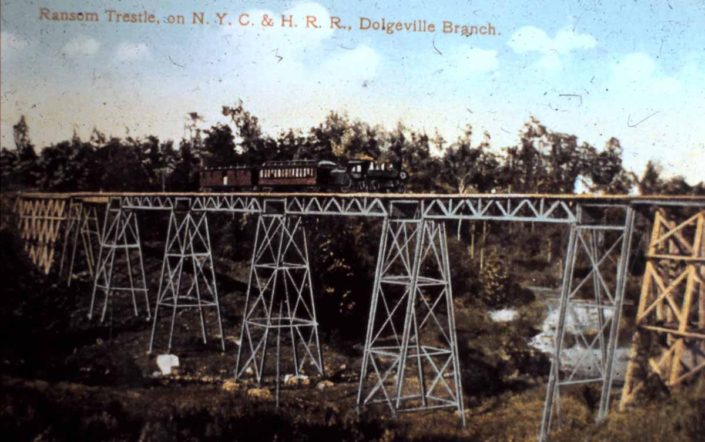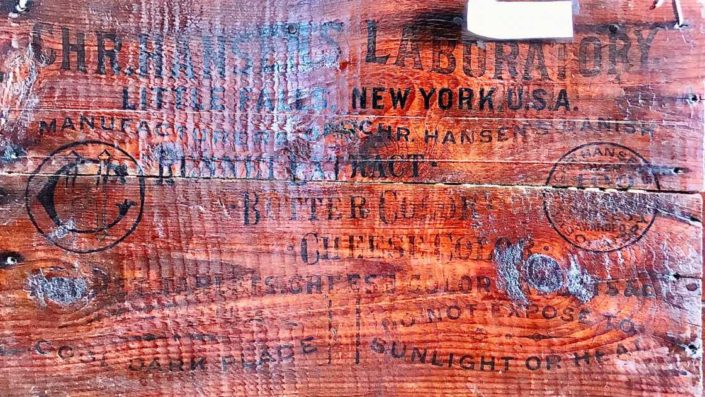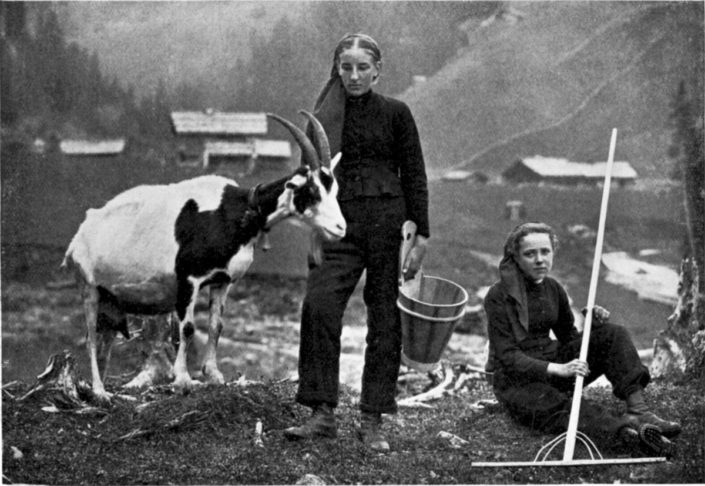Akwesasne and the American Revolution
From the Land of Flint to the Land Where the Partridge Drums The Migration from the Mohawk Valley to Kahnawake and Akwesasne
by Darren Bonaparte
As we have seen in tne first part of this work, the influences of the French and English in the colonial period proved too divisive to the Mohawk Nation; for reasons that were both economic and religious, many of our people migrated to villages at the northeast frontier of our territory, Kahnawake (or Caughnawaga), Kanesatake (Lake of Two Mountains), and later Akwesasne (St. Regis). Although many non-native historians believe that these “praying Indians” severed their ties to their Mohawk Valley relatives, this was usually only during times of war; there is ample evidence that the northern Mohawk maintained close relations with their southern kin and shared in their hunting territory, the Adirondack Mountains ‘of eastern New York. The oral tradition maintains that Mohawks from the Mohawk Valley joined the Kahnawake Mohawks when a permanent village was established in the hunting territory of Akwesasne sometime around 1755.
It will also be remembered that within years of this convergence, Great Britain achieved victory over her long-time rival France and assumed control over her territory in Canada by conquering her St. Lawrence settlements of Montreal and Quebec City. To encourage their “neutrality” in the final days of this conflict, France’s native allies in the Seven Nations of Canada were promised by the British that they had nothing to fear from their new “father” and that our lands and territories would be respected. Another result of the French and Indian War, or the Great War For Empire, was the arrival in Akwesasne of refugees from other Seven Nations such the Abenaki of Odanak (St. Francis) and the Oneida, Onondaga, and Cayuga of Oswegatchie (La Presentation). With the dissolution of Oswegatchie, Akwesasne assumed her “nation fire” in the Seven Nations of Canada and inherited the Oswegatchie territory.
Within decades of these important changes, however, the distant rumbling of war altered the political landscape once again. The American colonies rebelled against the British Empire and unleashed the Revolutionary War. Taking inspiration from the League of the Iroquois, the American rebels joined forces to rid themselves of the tyranny of the Crown and to establish a democratic republic. Like the other conflicts that took place in our part of North America, our people were drawn into this one as well. The following part of this work will chronicle our involvement in that war and the tragic results of that participation.
The American Revolution

Illustration of Joseph Brant by Darren Bonaparte
The Haudenosaunee Confederacy’s involvement in the American Revolution is well-known. The central figure of this drama was Mohawk Joseph Brant, the young Mohawk we encountered previously in the account of the Battle of Lake George. Of all the personalities in Mohawk history, Brant stands out as the most illustrious, since his actions on behalf of the British had dire consequences for the Haudenosaunee Confederacy. Yet few people know he had a pro-American counterpart in the war, a man by the name of Louis Cook. This man’s actions have somehow escaped the scrutiny of historians, the reasons for which we will explore in this work. Before we meet this man, however, we will see how Brant became involved in the American Revolution.
By Darren Bonaparte, historian and author of The Wampum Chronicles. Reprinted with permission.
Darren Bonaparte is a cultural historian from the Akwesasne First Nation. He is a frequent lecturer at schools, universities, museums, and historical sites in the United States and Canada. He has written four books, several articles, and the libretto for the McGill Chamber Orchestra’s Aboriginal Visions and Voices. Darren is a former chief of the Mohawk Council of Akwesasne. He is the creator of The Wampum Chronicles and historical advisor to film and television. He currently serves as the Director of the Tribal Historic Preservation Office of the Saint Regis Mohawk Tribe.
Next week: Joseph Brant and Akwesasne’s Role in the War


